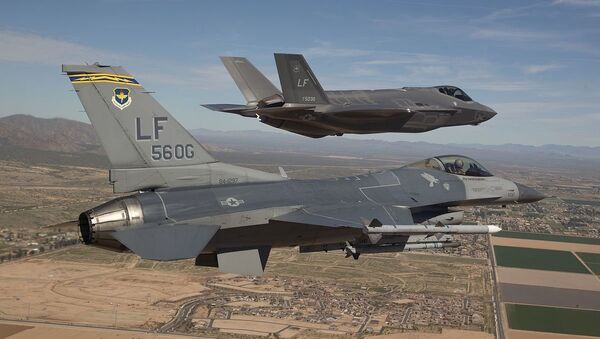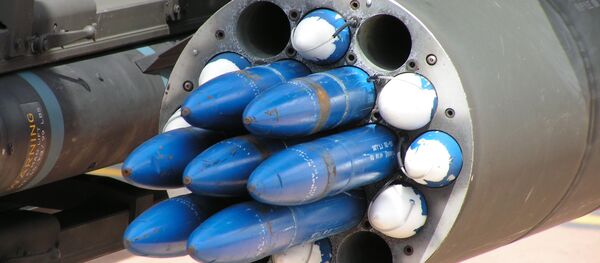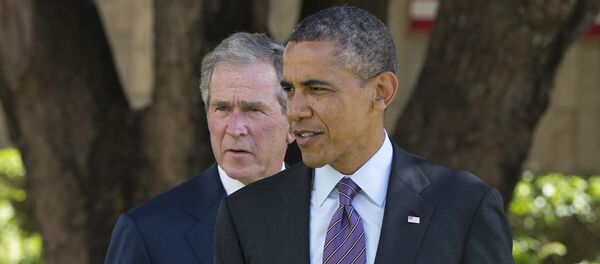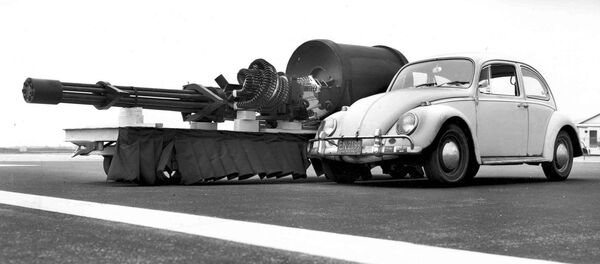When asked by lawmakers,"What do you need to execute the National Defense Strategy," US Air Force Secretary Heather Wilson said Monday that the service will need a lot more money, without diving into specifics. The Air Force plans to expand from 312 operating squadrons up to 386, she said, implying approximately 25 percent growth in the force structure.
US taxpayers may pay approximately $37.5 to $39.1 billion more annually to fund the squadron expansion, according to John Pike, a leading expert on defense, space and intelligence policy. Pike worked at the Federation of American Scientists for almost 20 years and has frequently been asked to testify before Congress.
By comparison, Pike's calculations dwarf rosier estimates from the Center for Strategic and International Studies. Todd Harris, a budget expert at CSIS, told the Washington Examiner Tuesday his back-of-the-envelope cost estimate came out to about $13 billion for operations and maintenance (O&M) costs. These are only a fraction of what it will take to finance the squadron expansion, Pike told Sputnik News.
In addition to aircraft O&M costs, "all these squadrons will require aircraft, which need research and development and military construction and so forth," Pike noted.
The costs are unlikely to hit American taxpayers all at once, since the expansion was proposed in the context of the vision the Air Force seeks to achieve by 2030. The US Air Force's budget for fiscal year 2019 is approximately $156 billion, according to official records. Therefore, the new expansion could place the Department of the Air Force's budget near $195 billion per year.
Even in the case of Harrison's $13 billion cost increase estimate, the think tank analyst told the Washington Examiner the "challenge" for the Air Force will be to simultaneously finance operational growth while modernizing its capabilities.
According to Air Force officials' reasoning, the financial part of the equation is secondary to answering the question of what's required to execute the national defense strategy. "We're not naive about the financial constraints within which you make decisions," Wilson said.
"But we also should know what is required from the perspective of those who plan and develop military forces to execute that strategy. That's where the 386 squadrons come from," the Air Force secretary said.
Air Force leaders did not speak to the costs of the plan: Determining costs for the squadron expansion is part of the "follow-up work," according to US Air Force Gen. David Goldfein. "That's work that is still to be done," the general noted.
The choice to push more tax dollars into military spending generally, and US Air Force squadrons specifically, is among of the defining "political and moral questions of our time," said Daniel Sankey, a financial policy analyst.
"What are our values as a nation? Is it education? Healthcare? Employment? Or it is war? What we spend our money on will answer those questions regardless of what politicians say," Sankey told Sputnik News.
Military leaders couch defense spending as a necessary means to get ahead in great power competition — a phrased popularized by the US Department of Defense — with China and Russia. Sankey dismissed this notion on the grounds of mutually assured destruction, which hedges against a large-scale conflict between the world's nuclear powers.





